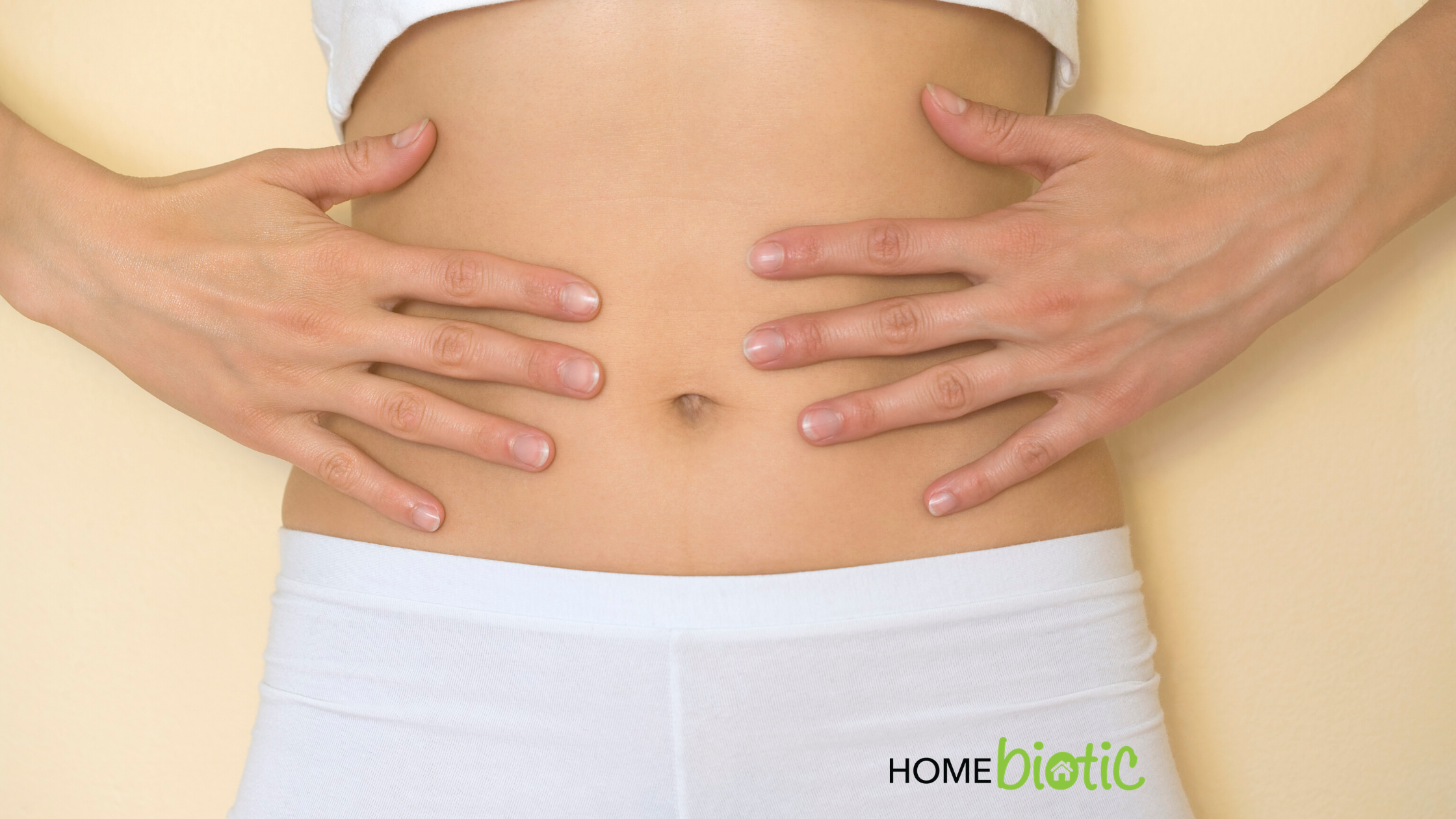
 In the past decade, the importance of a healthy gut biome has been discussed between scientists, medical professionals, and health consumers. By now, most people know that bacteria reside in our guts and that they’re essential to our health. These bacteria are, together, what create the biome. However, many people still don’t understand why having diverse bacteria is important. More importantly, most people don’t understand the similarities and relationship between our home biome and the gut biome. We need the biome in our guts and our homes to be healthy and diverse at the same time.
In the past decade, the importance of a healthy gut biome has been discussed between scientists, medical professionals, and health consumers. By now, most people know that bacteria reside in our guts and that they’re essential to our health. These bacteria are, together, what create the biome. However, many people still don’t understand why having diverse bacteria is important. More importantly, most people don’t understand the similarities and relationship between our home biome and the gut biome. We need the biome in our guts and our homes to be healthy and diverse at the same time.
Why Does Biome Balance Matter?
As living organisms, we’re connected to our living environments, so if one biome is unbalanced, chances are the other is too. Also, by understanding the similarities between the gut and home biome, we can make better decisions for how to improve and maintain them. However, many of us may not understand that the home biome is similar to the one in our gut. Therefore, people may not realize how to create balance in our home biome.
First let’s define both the gut and home biomes and look at their similarities. Then we can discuss the importance of both biomes for the health of our bodies and living environments.
 What is The Gut Biome?
What is The Gut Biome?
The evidence is clear that having healthy and diverse microbes in the gut is essential for the development, functioning, and maintenance of our overall physical health. Gut microbes impact the digestive system, our immune system, our neurochemicals, and many other systems in our body 1,2,3.
For example, gut microbes are needed to help digest and absorb nutrients from the food we eat. This helps sustain the immune system, which is also connected to the nerves, brain, blood vessels, and other vital organs 1,2,3,4. Research shows that a gut biome that lacks diverse and healthy bacteria may be a root cause of health problems like diabetes, obesity, cancer, inflammatory bowel disease, and autoimmune issues 3,4,5,6.
We’re all born with a sterile gut that becomes populated by essential microbes in infancy. The particular distribution of microbes is unique to each individual even though we share many microbial species between humans 1-6. Many issues can cause us to lose the diversity of our gut microbes. Things like illness, antibiotics, chemicals, food additives, and stress can all cause a shift in the balance of bacteria in our guts. This imbalance is called dysbiosis 5,6. Dysbiosis refers to both the loss of our gut microbes as well as an overgrowth of harmful microbes.
Why Are Healthy Gut Microbes Important?
A gut without enough microbes means that we may not have the ability to digest enough nutrients. Also, if one microbe is allowed to grow too much, this can lead to other health issues as well. An example of an overgrowth of harmful microbes is in a common condition known as candidiasis. This is an overgrowth of Candida yeast in the gut known to cause bloating, headaches, brain fog, and other health problems. Yet another example is a bacteria known as c. difficile, which is known to cause severe diarrhea 3-6.
In recent years, many health professionals are advocating for the use of pre and probiotics to help control dysbiosis. There’s also been much discussion of the overuse of antibiotics as they are known to kill healthy gut microbes. Lastly, we know that things like maintaining a healthy diet or decreasing stress can also help retain the microbe balance in our guts 1-6.
The goal is to create an environment in our guts where diverse microbes can grow in healthy amounts. This healthy diversity not only contributes to the proper functioning of our bodies, but it prevents unhealthy microbes from growing in large numbers.
When it comes to the health of our guts, we need lots of healthy and diverse microbes that live well together and in balance.
 What is The Home Biome?
What is The Home Biome?
Now that we understand the gut biome, let’s look at the home biome. Our homes also have a biome that is unique and essential in maintaining the health of our living environment. Just like our guts, our homes get colonized with a variety of diverse microbes, some of which are required to maintain balance and health. If our home biome is lacking in microbes, such as often happens when we overclean and create a sterile environment, then problems can arise 7,8.
Also, if we clear out a few key species of microbes that help maintain balance, we may see an overgrowth of other more harmful species. For example, microbes like mold, yeast, and salmonella can grow unchecked in a home environment that lacks sufficient diverse, healthy microbes 7,8.
So, we also need to consider ways to enhance the growth of healthy bacteria, the same as we would do for our guts. Just as we take probiotics for our gut health, we can also use probiotics for our home. Products like Homebiotic Probiotic Spray contain healthy soil-based microbes that help maintain the home biome. Also, just as we work to prevent a sterile gut, we want to avoid a sterile home environment. This means we don’t over-clean our homes with harsh chemical cleaners too frequently 7,8.
 How Are The Gut & Home Biome Related?
How Are The Gut & Home Biome Related?
Since we are biodiverse beings that are dependent on our environments, it makes sense that our gut and home biome co-exist. Of course, the microbial population in our guts and our homes will be somewhat different. But, studies show that homes are colonized by bacteria found in humans and pets that live in the house 8.
Interestingly, some microbes that are unique to the home and the immediate outdoor environment also live in our bodies. We know that this relationship creates a diverse biome, and this diversity is fundamental to our well-being as a whole. So obviously, if there is dysbiosis in the home, then there may be dysbiosis in the human biome as well 7,8,9,10.
Indeed, in recent years, research shows how the use of chemicals to clean our bodies and living environments can also affect the human biome 7. Also, we know that homes surrounded by diverse soil-based microbes such as farms or homes with a lot of green space are known to create healthier immune systems in children. This suggests that a direct connection to our environment is what actually creates robust body systems 9,10,11,12.
Lastly, a home that is lacking in diverse microbes is likely to have an overgrowth of harmful microbes like mold. In recent decades, mold illness in the form of allergies, asthma, and other related health issues are on the rise. So we know that our home biome has an effect on our health and well-being 11,12.

Why is This Important To Know?
The more we understand the connection between our gut and home biome, the more we know how to maintain health in both areas. As living beings, we are symbiotically connected to our environments. People are becoming more educated about the importance of healthy and diverse gut microbes. Still, they have yet to see the connection between their gut and their home biome.
The more we understand the importance of having diverse microbes in our guts and in our homes, the more we will take care not to create a dysbiosis in either. As we try to enhance our physical health to ensure the diversity of microbes in our gut, we can also do the same thing for our homes. It just makes sense to look after both so we can improve our overall health.
REFERENCES:
1. https://www.ncbi.nlm.nih.gov/pmc/articles/PMC3667473/
2. https://letthemeatdirt.com
3. https://www.jillcarnahan.com/2013/01/03/healthy-gut-healthy-you/
4. https://www.ncbi.nlm.nih.gov/pmc/articles/PMC4425030/
5. https://www.ncbi.nlm.nih.gov/pmc/articles/PMC3448089/
6. https://www.karger.com/Article/Pdf/354902
7. https://journals.plos.org/plosone/article?id=10.1371/journal.pone.0064133
8. https://royalsocietypublishing.org/doi/full/10.1098/rspb.2015.1139
9. https://onlinelibrary.wiley.com/doi/abs/10.1111/all.13002
10. https://www.mdpi.com/2076-2607/7/9/287
11. https://www.pnas.org/content/110/46/18360?etoc=
12. https://www.nejm.org/doi/pdf/10.1056/NEJMoa1508749






 While there are instances of greenwashing occurring unintentionally, a more troubling trend is companies utilizing false environmental claims as a marketing strategy to capture consumers. A common form of greenwashing is the use of nature imagery to convey the idea that the product comes from natural origins.
While there are instances of greenwashing occurring unintentionally, a more troubling trend is companies utilizing false environmental claims as a marketing strategy to capture consumers. A common form of greenwashing is the use of nature imagery to convey the idea that the product comes from natural origins. Ways To Be More Environmentally Friendly
Ways To Be More Environmentally Friendly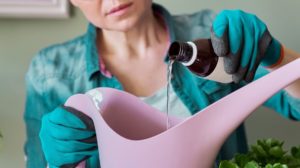 Hydrogen Peroxide
Hydrogen Peroxide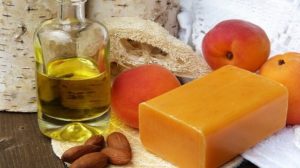 Castile Soap
Castile Soap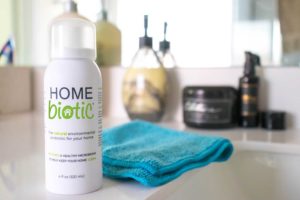
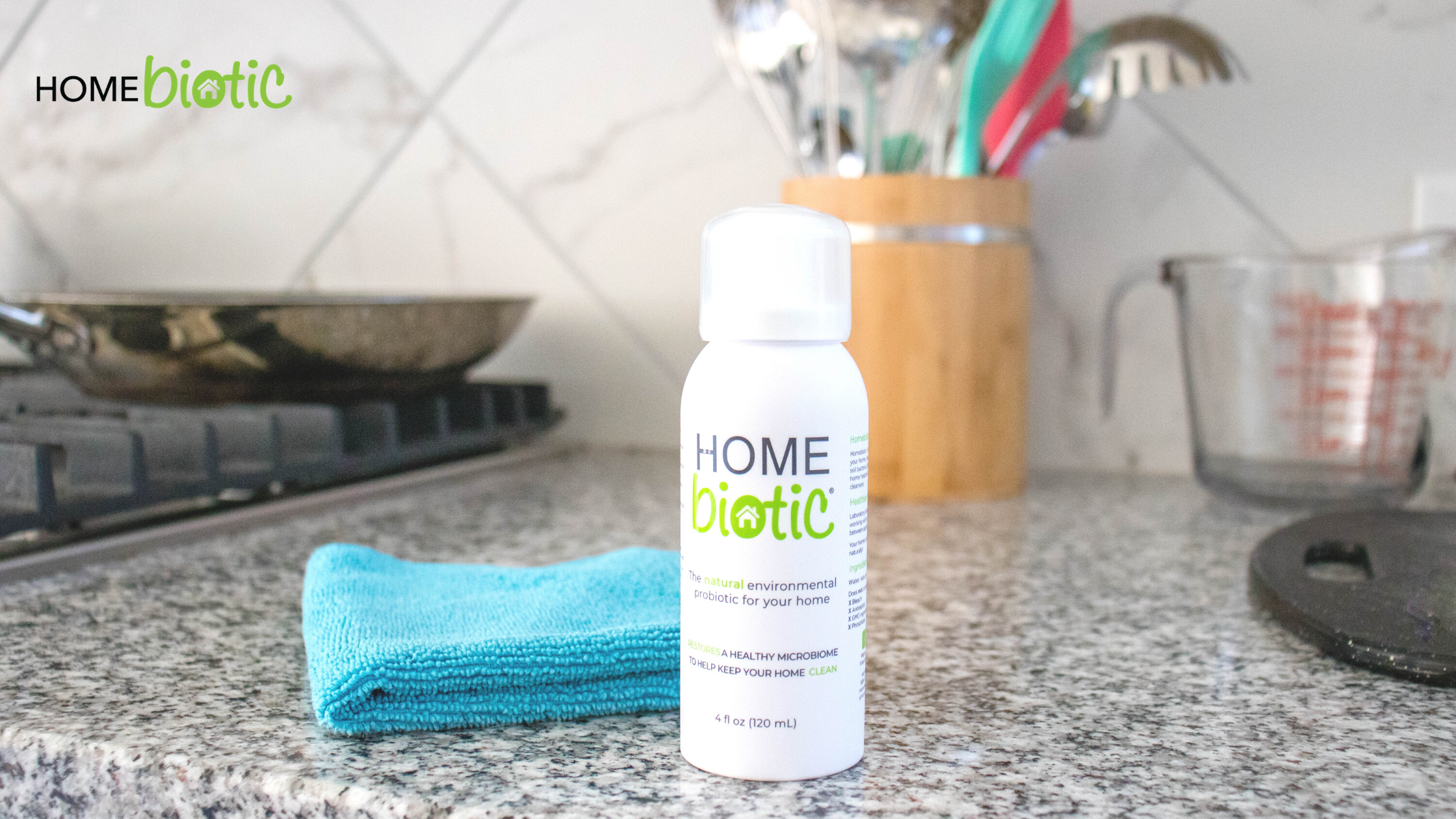
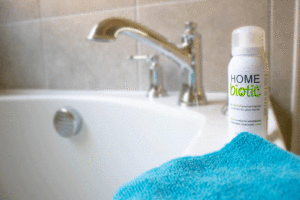
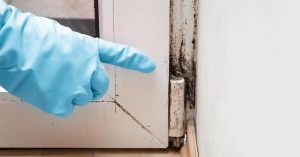 MOLD & HOMEBIOTIC
MOLD & HOMEBIOTIC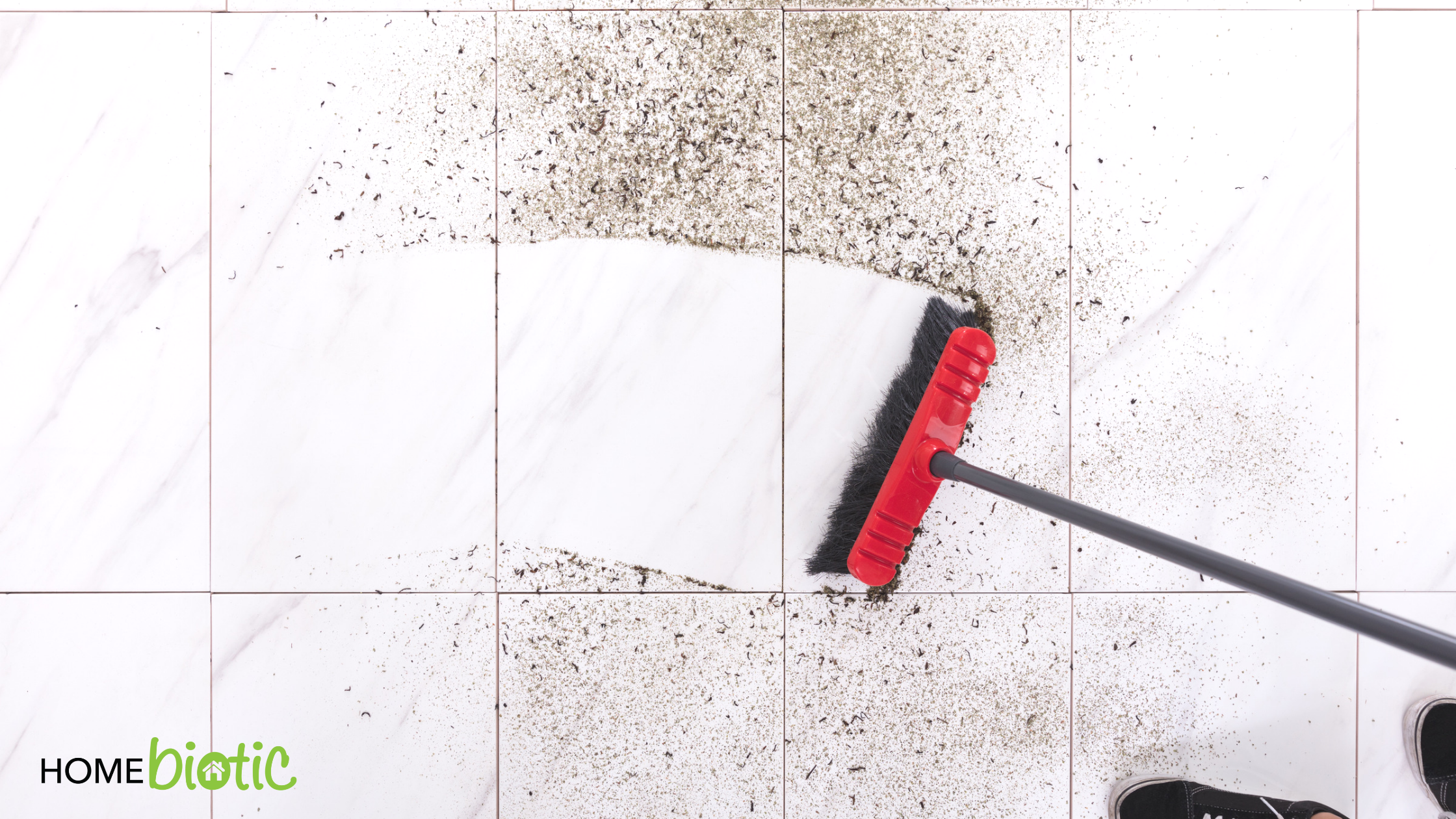

 Mold & Soil-based Microbes
Mold & Soil-based Microbes
 Where Are Soil-Based Microbes?
Where Are Soil-Based Microbes?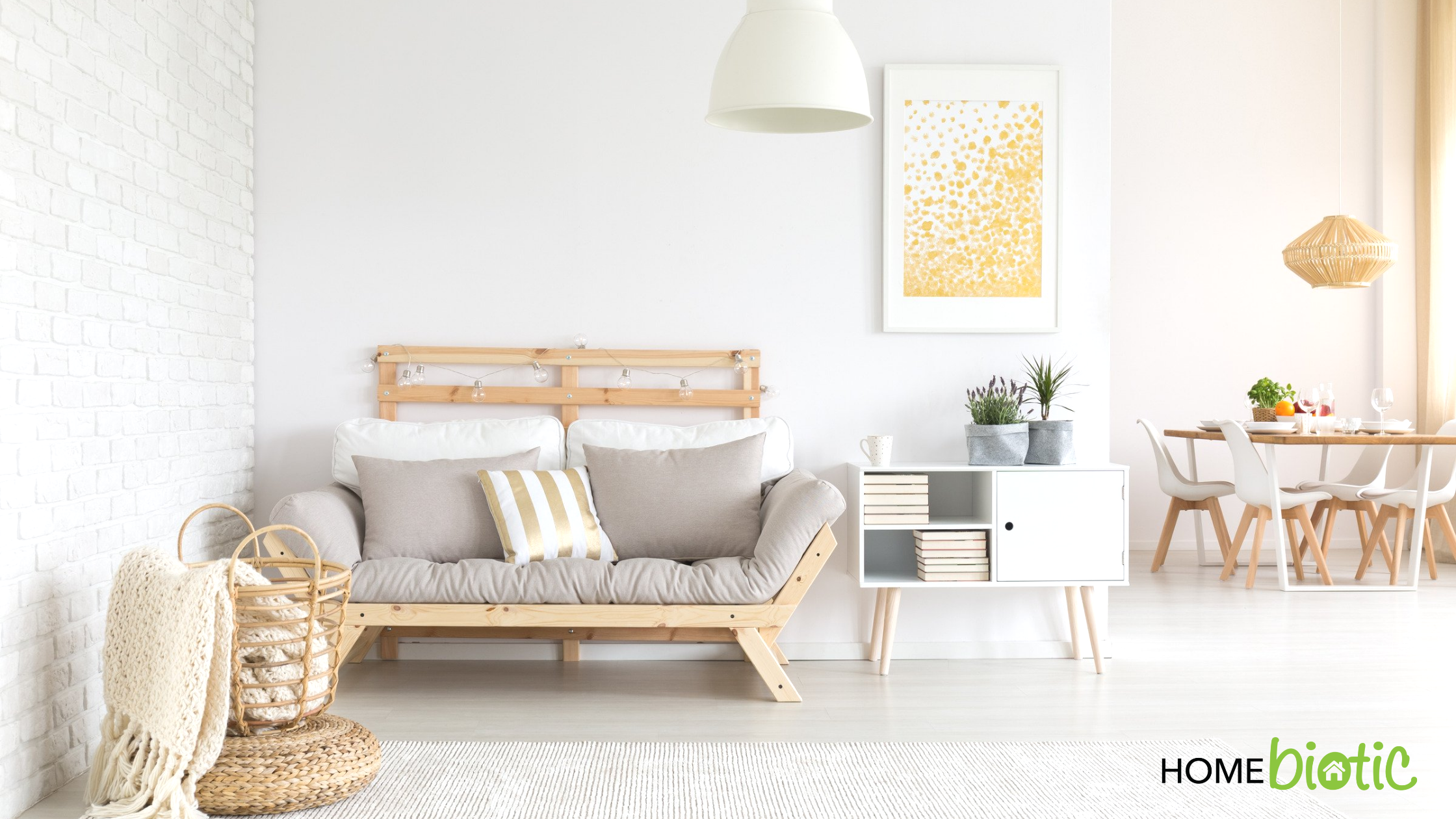

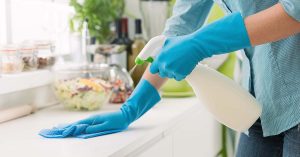 Choosing The Right Cleaning Supplies Will Decrease The Death of Healthy Microbes
Choosing The Right Cleaning Supplies Will Decrease The Death of Healthy Microbes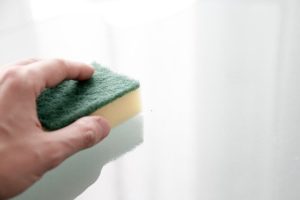 Less Cleaning Will Enhance The Growth & Health of Your Home Microbiome
Less Cleaning Will Enhance The Growth & Health of Your Home Microbiome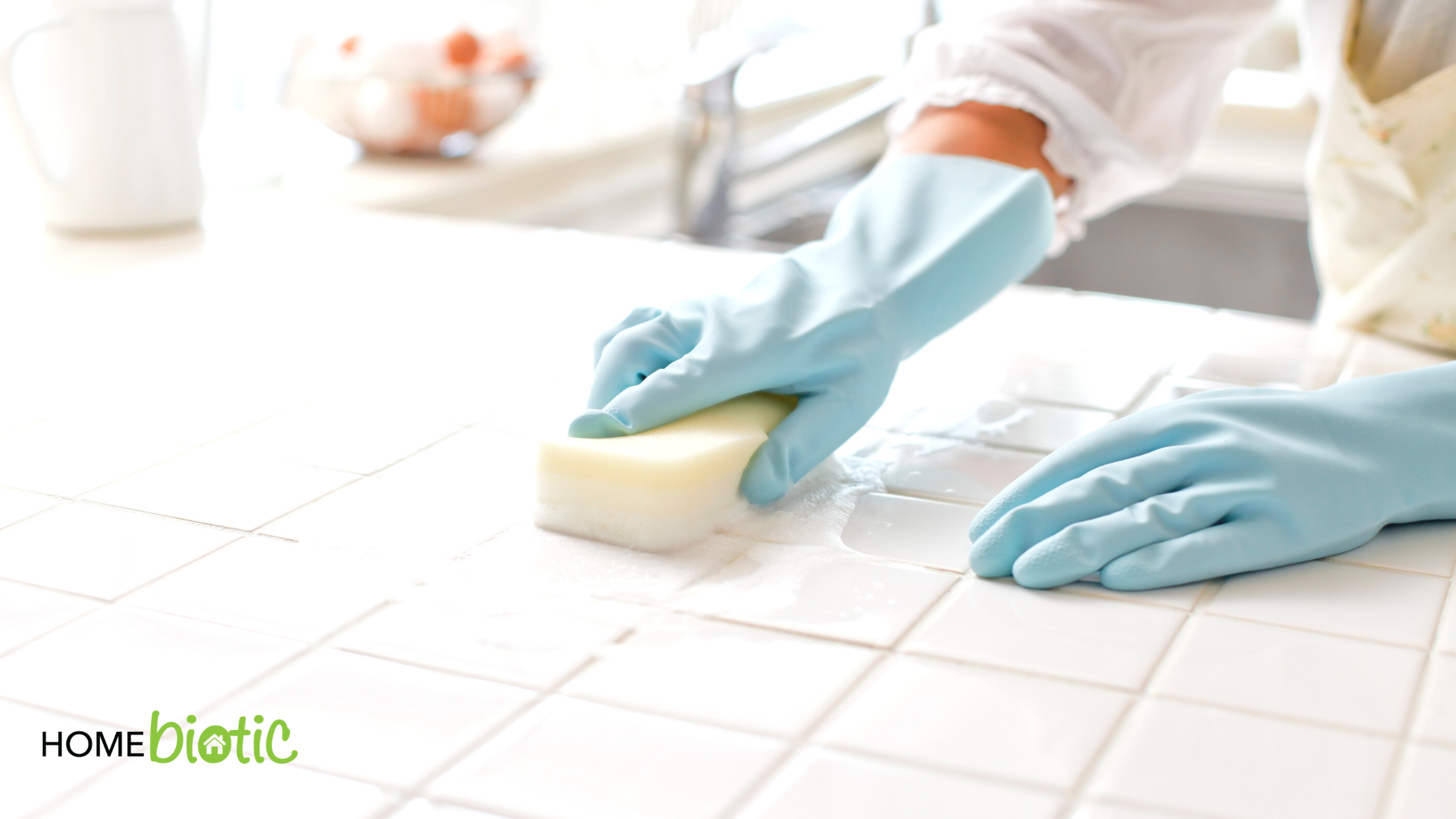
 The study compared fungal diversity between urban and rural settings in the Amazonia region of Peru and Brazil. Fungal diversity refers to the number of different species of fungus found in a specific area. The urban settings studied were apartments and homes in city environments, whereas the rural settings were in remote villages where people lived amongst nature. The study also looked at the fungal diversity for both the feet and guts of inhabitants in both locations.
The study compared fungal diversity between urban and rural settings in the Amazonia region of Peru and Brazil. Fungal diversity refers to the number of different species of fungus found in a specific area. The urban settings studied were apartments and homes in city environments, whereas the rural settings were in remote villages where people lived amongst nature. The study also looked at the fungal diversity for both the feet and guts of inhabitants in both locations.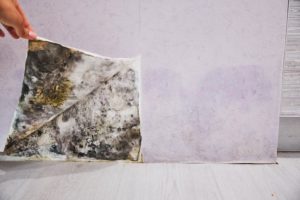 The researchers noted several reasons why fungus grows more abundant in urban environments, to begin with. Our homes are more closed off, which increases internal temperature and limits natural light and air. These are all issues known to worsen fungal growth. Also, urban homes contain more CO2 and more surfaces that aid the growth of fungal microbes 1,2.
The researchers noted several reasons why fungus grows more abundant in urban environments, to begin with. Our homes are more closed off, which increases internal temperature and limits natural light and air. These are all issues known to worsen fungal growth. Also, urban homes contain more CO2 and more surfaces that aid the growth of fungal microbes 1,2. Indeed, the study results obtained by Dr. McCall shows that once we kill off all the bacteria, it provides more opportunities for fungal microbes to grow. And since urban homes already have optimal conditions, this helps explain why fungal organisms are found in greater diversity there 1,2.
Indeed, the study results obtained by Dr. McCall shows that once we kill off all the bacteria, it provides more opportunities for fungal microbes to grow. And since urban homes already have optimal conditions, this helps explain why fungal organisms are found in greater diversity there 1,2.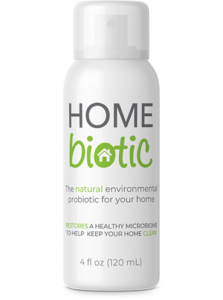

 In the past decade, the importance of a healthy gut biome has been discussed between scientists, medical professionals, and health consumers. By now, most people know that bacteria reside in our guts and that they’re essential to our health. These bacteria are, together, what create the biome. However, many people still don’t understand why having diverse bacteria is important. More importantly, most people don’t understand the similarities and relationship between our home biome and the gut biome. We need the biome in our guts and our homes to be healthy and diverse at the same time.
In the past decade, the importance of a healthy gut biome has been discussed between scientists, medical professionals, and health consumers. By now, most people know that bacteria reside in our guts and that they’re essential to our health. These bacteria are, together, what create the biome. However, many people still don’t understand why having diverse bacteria is important. More importantly, most people don’t understand the similarities and relationship between our home biome and the gut biome. We need the biome in our guts and our homes to be healthy and diverse at the same time. What is The Gut Biome?
What is The Gut Biome? What is The Home Biome?
What is The Home Biome? How Are The Gut & Home Biome Related?
How Are The Gut & Home Biome Related?
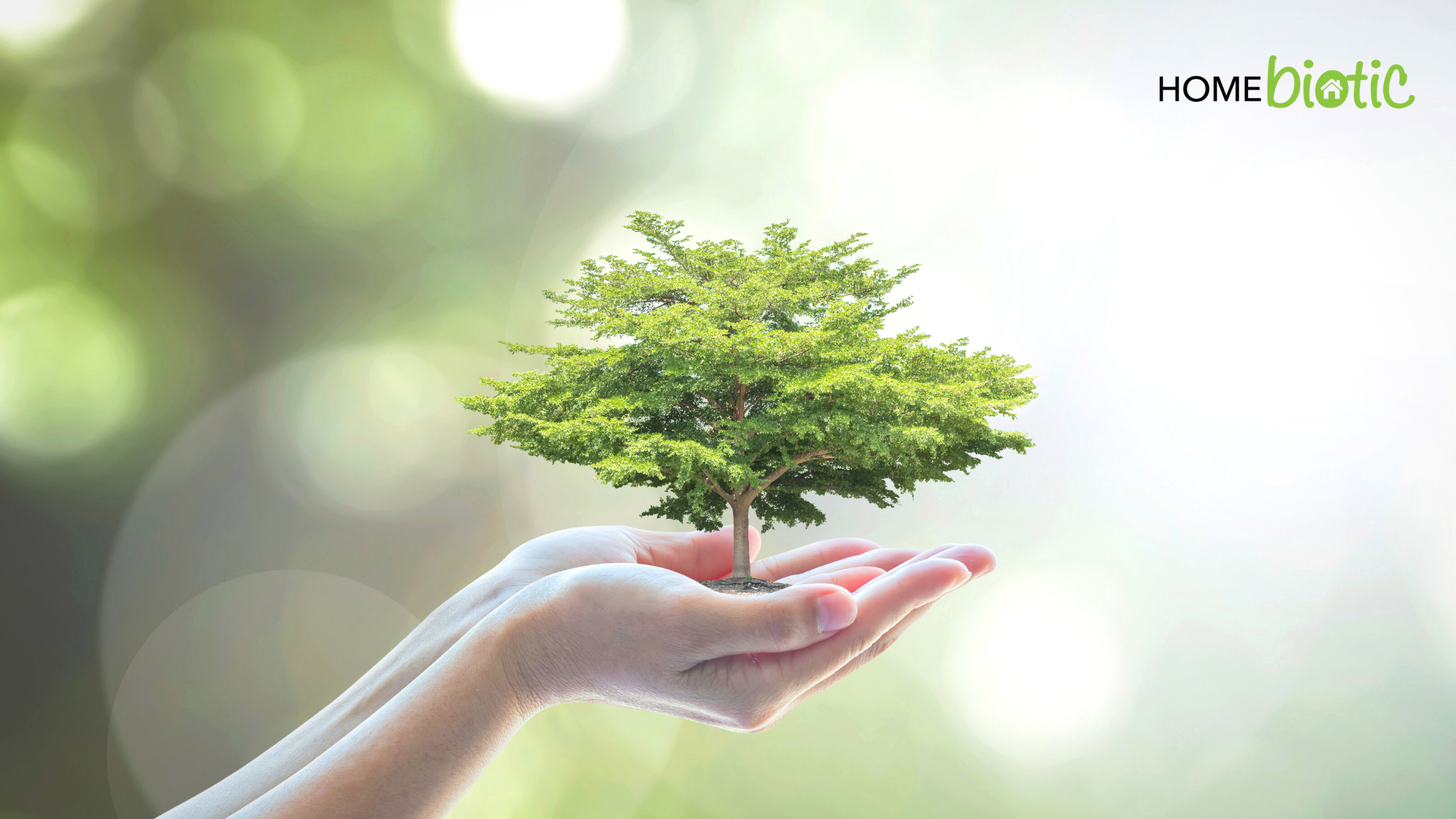
 Negative Impact: Air Quality
Negative Impact: Air Quality Negative Impact: Water Quality
Negative Impact: Water Quality